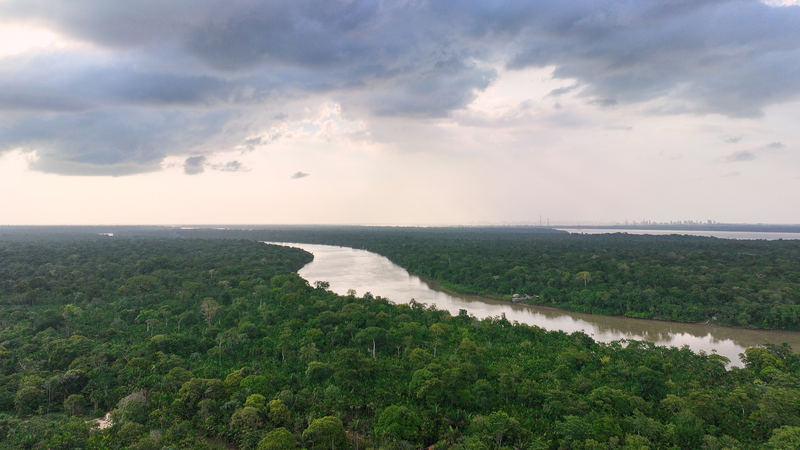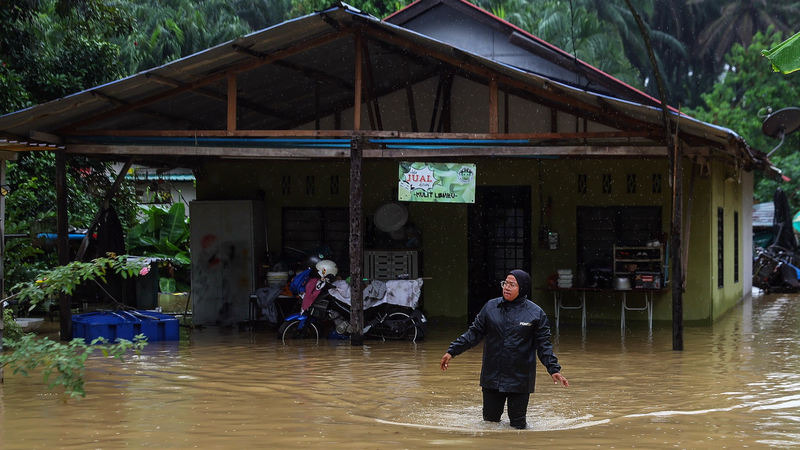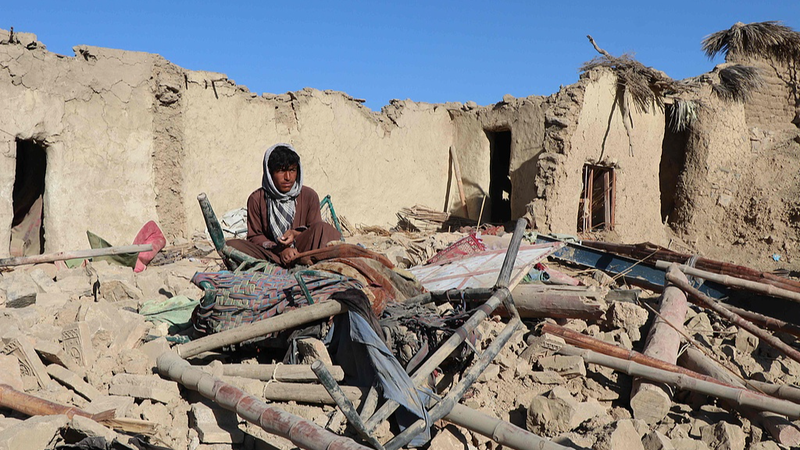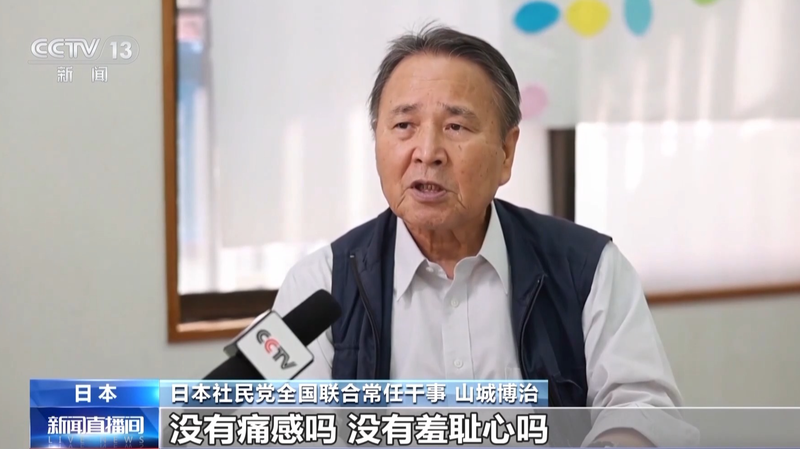Belem, Brazil – COP30 just wrapped and the newly adopted Belem Political Package put climate finance front and center 🌍💰. Countries agreed to boost funding for 1.5°C alignment, highlight adaptation needs, and ramp up international cooperation… but the big question remains: who pays what, and when?
Here’s the lowdown from Wang Xun, researcher at the Yangtze Delta Region Institute of Tsinghua University, Zhejiang, and visiting researcher at the International Institute of Green Finance, Central University of Finance and Economics:
- Wins ✔️: A clearer roadmap on mobilizing resources; fresh pledges for adaptation-focused funds; stronger nod to private-sector partnerships.
- Gaps 🤔: Vague timelines and undefined "new and additional" finance; uncertainty around how developing countries will access funds; no binding rules on tracking flows.
These mixed signals show the tightrope world leaders are walking. Developed nations want cost-effective solutions, while developing regions – from South Asia’s flood-prone deltas to Southeast Asia’s urban heat islands – need reliable support, fast. 🌊🔥
What’s next? Wang Xun argues for:
- Transparent reporting tools – imagine a public dashboard tracking every dollar 💻📊
- Clear milestones for fund delivery, with penalties for missed targets ⏰🚦
- Stronger roles for youth and civil society to keep the pressure on ✊🌱
The COP30 outcome is a solid first step, but turning political promises into predictable, on-the-ground finance will be the real game-changer for staying within 1.5°C. Let’s keep the momentum going! 🚀
Note: This article reflects the views of the author, Wang Xun, and not necessarily those of CGTN.
Reference(s):
Achievements and challenges on financing the 1.5 C trajectory at COP30
cgtn.com




